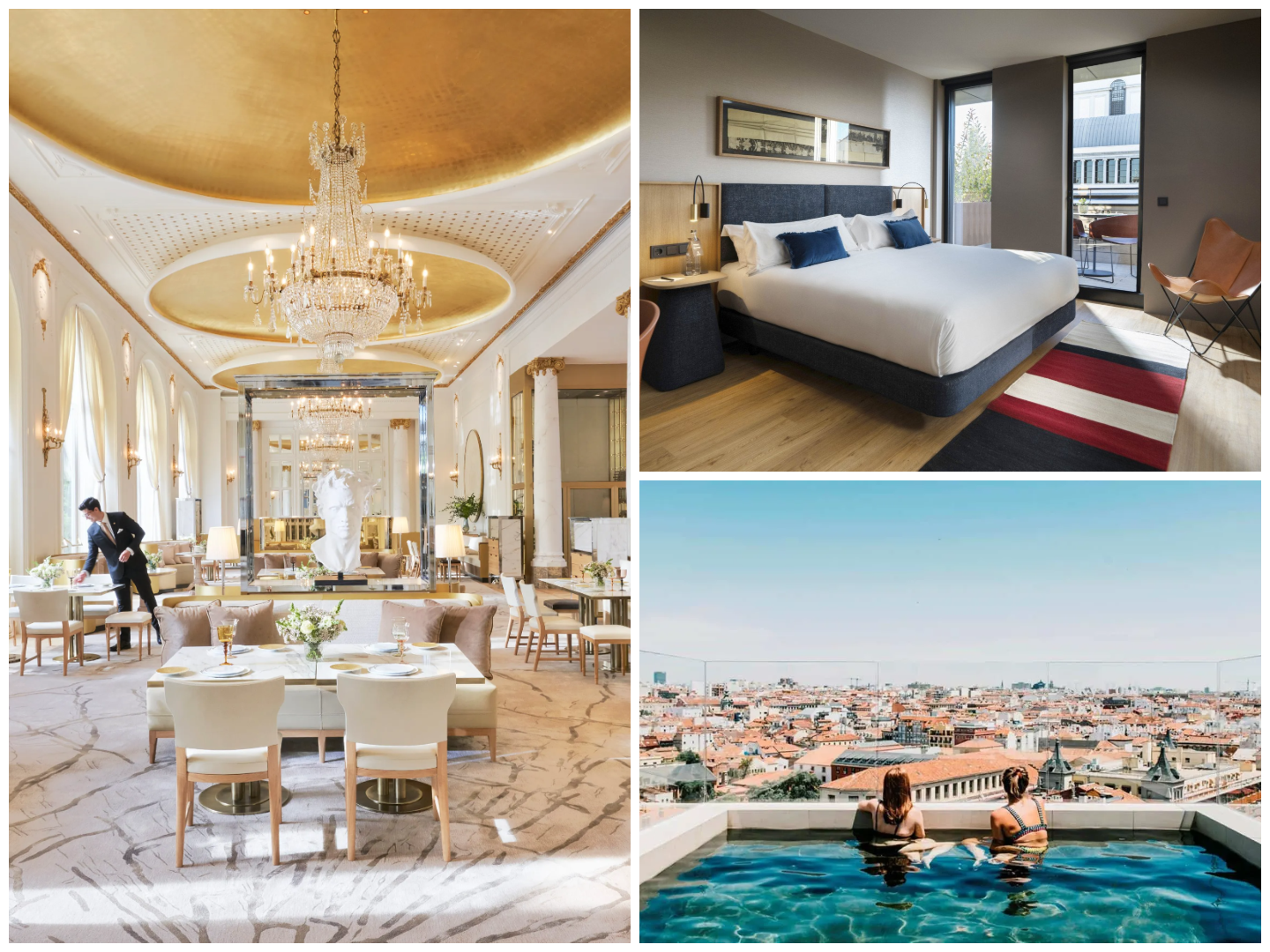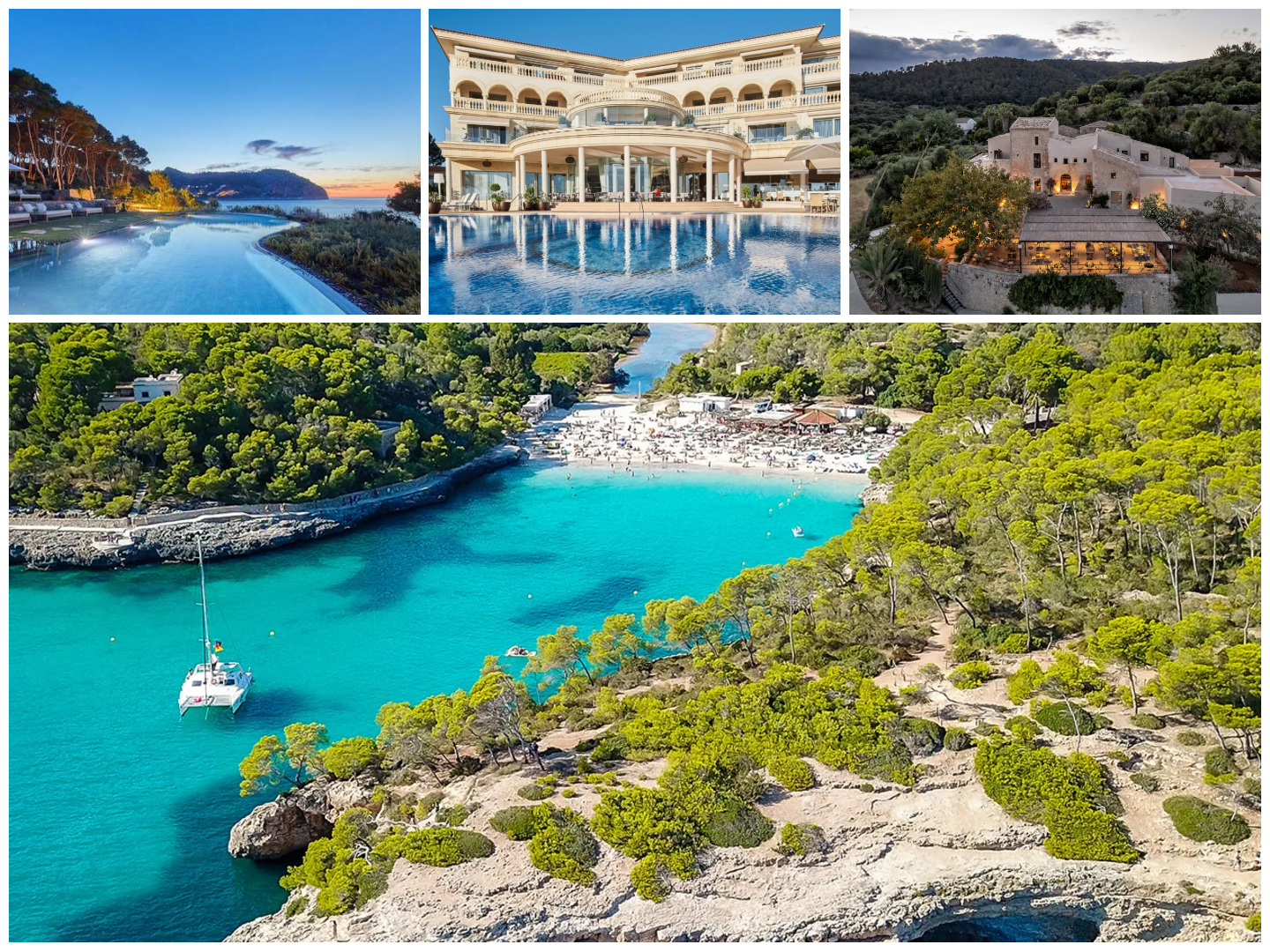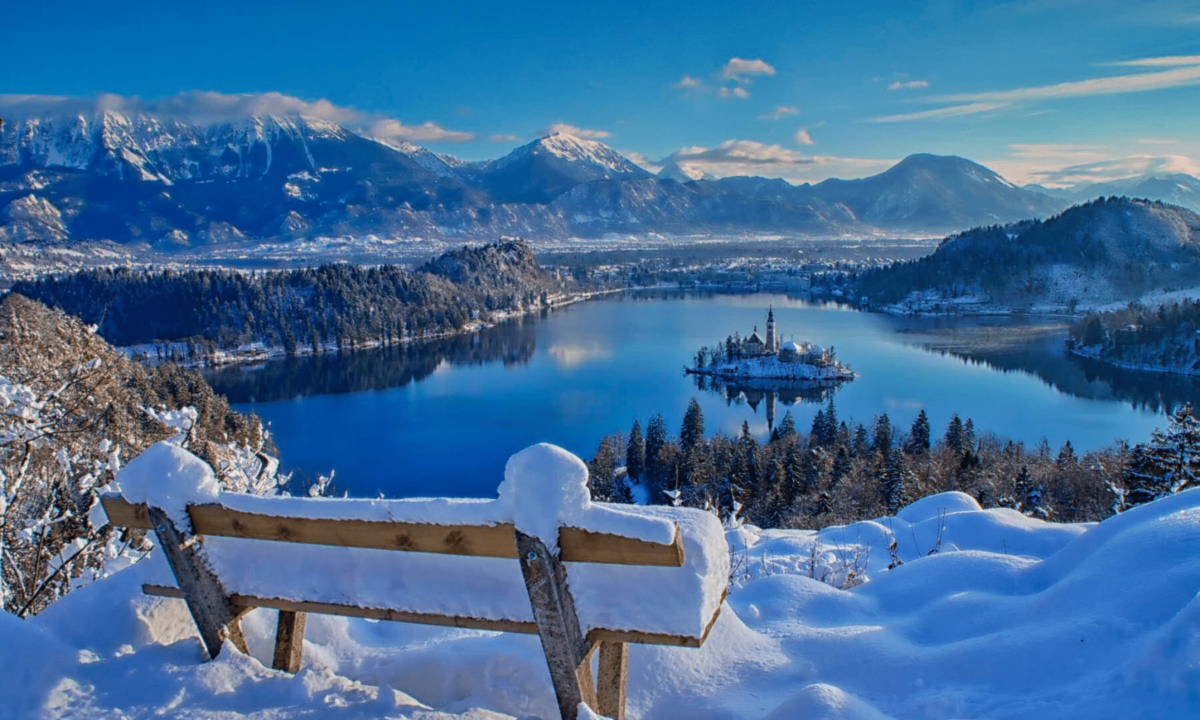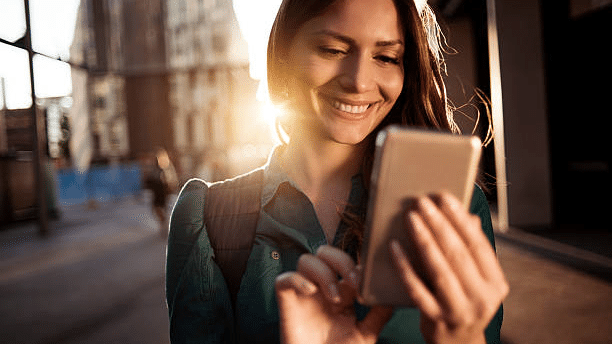This is your Definitive Madrid Guide, the lively capital of Spain. Madrid is a great European destination. It is famous for its world-class art, late-night tapas culture, beautiful parks, and grand buildings. Find the best places to stay and how to get around. This guide links to all your food, day trip, and sightseeing guides.

©adobestock
Our website includes affiliate links. So, remember that we may receive commissions when you click our links and make purchases. Please read our legal disclaimer document for more information about our Affiliate disclaimer and other disclaimers like the Fair-Use disclaimer.
Introduction: The City That Stays Up Late
Madrid feels different from other European capitals. It is not on the coast like Barcelona. It is a big city full of energy, huge plazas, and authentic Spanish culture. Life here happens late. Dinner starts after 9:00 PM. Nightlife truly begins after midnight.
Madrid has three great things:
- Amazing Art: It has the “Golden Triangle of Art.” This includes the Prado and Reina Sofía museums.
- Royal History: You can see the most enormous working Royal Palace in Europe. Plaza Mayor is a grand, historic square.
- Best Food: Madrid has a very social and generous tapas culture. The food is delicious.
Planning Your Trip: Transport and Travel
How to get to Madrid
Madrid is a well-connected city nationally and internationally by train, air, and road. It is the center of the Spanish railway network, has an excellent road network, and the main international airport is just 13 km from the city center.
By plane
Whether low-cost or standard carriers, all flights fly into the main international airport in Madrid called Adolfo Suárez Madrid Barajas Airport, which is exceptionally well-connected and close to the city center.
Traveling from the U.S.
Several airlines offer inexpensive and direct flights between the U.S. and Madrid, especially from New York City and Chicago’s O’Hare Airport. Direct flights cost approximately $500 in the off-season and $1,000 during peak season.
These are the primary carriers:
Traveling from Canada
Air Canada is the only airline to offer non-stop flights between Toronto and Madrid. Other carriers, such as Iberia and British Airways, offer one or 2-stop flights from Montreal or Toronto.
Traveling from Australia
Currently, no airlines fly directly from Australia to Spain’s capital. Still, the leading airlines like Emirates, British Airways, and Qatar Airways offer several flights with just 1 or 2 stopovers.
Traveling from Europe
Several low-cost carriers fly to Madrid from different cities in the United Kingdom and the EU, usually for 2 to 3 hours. The prices are often more than just cheap. Please check the following links: the Skyscanner and Google flights, should you like to find out more.
How to get around
Madrid’s public transport system is known as one of the best. It is clean, safe, fast, and not too expensive.
Coming from the Airport
You can easily reach Madrid-Barajas Airport (MAD). The fastest way to get there is by using Metro Line 8. Another option is the express bus, which runs all day and night to Atocha station.
Note: To see the schedules and rates, check out AVE’s official website, Renfe.
Moving Around
The city center is easy to walk through, especially in areas like Sol and La Latina. However, Madrid is large, so you will often use the Metro. The underground train is fast and connects all neighborhoods quickly. For easy trips, buy the reusable Multi Card.
Going Out of Town
Cercanías regional trains and high-speed AVE trains are good options for day trips. They connect Madrid to cities like Toledo and Segovia quickly.

©Getty
Things to do and see in Madrid.
Madrid is a lively city that attracts visitors from all over the world. It offers a mix of nightlife, beautiful buildings, great food, and famous museums. Here are 11 things you should experience. The “Golden Triangle of Art” includes three important museums: the Museo del Prado, Reina Sofía, and Thyssen-Bornemisza. The Prado displays famous works by Spanish painters like Velázquez and Goya. Reina Sofía focuses on 20th-century art, showcasing pieces by Dalí and Picasso, like the notable Guernica. Thyssen-Bornemisza holds nearly 1,000 paintings by well-known European and American artists.
Furthermore, Spain loves tapas, which are small plates served with drinks. You can enjoy hopping from one tapas bar to another to try various foods.
Additionally, a visit to Parque del Buen Retiro, a sizeable 118-hectare park with fountains, statues, and different types of gardens. Key sights include the Monument to Alfonso XII and the beautiful Palacio de Cristal.
Soccer fans can tour the Estadio Santiago Bernabéu and Wanda Metropolitano, where Real Madrid and Atlético de Madrid play. These tours show the teams’ impressive histories and trophies.
If you’re in Madrid on a Sunday, visit the large open-air market in Embajadores. Here, you can find unique items and enjoy watching the crowds while you shop.
But for more information, please check our article about the top Madrid attractions.
Best One-Day Trips from Madrid: Essential trips to beautiful, historic cities like Toledo (the former capital) and Segovia (famous for its Roman Aqueduct). These are all easy to reach by train.
The best time to visit
The best times to visit Madrid are in the fall (September to November) and spring (March to May). The weather is pleasant during these seasons, and the city feels lively. Spring is adorable, with almond trees blooming from February to early March, leading to a colorful display of flowers in April and May.
Winter (November to February) is the cheapest time to visit, but it is cold. Wear warm clothes and try the local cocido, a stew with chickpeas and sausage.
Summer is the busiest season for tourists, but many locals go on vacation, especially in August, and the heat can be intense. If you visit in the fall, be ready for possible rain in October and November.
But most importantly, the best time continuously varies. It depends on what you are looking for.
Where to stay in Madrid?
Finding the right place for you in Madrid becomes easier once you straighten out your priorities. You should ask yourself if you are on a budget, a first-timer, etc. That’s why we have prepared some FAQs to help you.
The city center is split into different areas. Each one has its own special feel:
- Sol / Centro: This is the heart of the city. Stay here if it is your first visit. All major sights and transport are right outside your door. It is the most crowded area.
- Chueca / Malasaña: These areas are modern and cool. Chueca is the center of the LGBTQ+ scene. It has trendy shops, food markets, and busy bars. Malasaña is young and artistic. It is full of vintage shops and indie cafes.
- La Latina: This is one of Madrid’s oldest areas. It is the best place for food lovers. Its small, winding streets are packed with local tapas bars. Go here on Sunday mornings for the famous El Rastro flea market.
- Barrio de las Letras (Literary Quarter): This district is near the museums. Writers like Cervantes once lived here. You will see verses carved into the pavement. It is a charming area with wine bars and the lively Plaza de Santa Ana.

Madrid Accommodation Guide: Hand-Picked Suggestions
Here are our top suggestions for luxury stays, budget-friendly options, and specialized accommodations for family, solo, and LGBT+ travelers, focusing on location, vibe, and overall guest experience.
The Luxury Experience (5-Star Opulence)
Four Seasons Hotel Madrid:
This is the pinnacle of luxury, located within the stunning Centro Canalejas complex. Expect spacious, beautifully designed rooms, a massive multi-story spa, an indoor pool, and world-class dining options. It is perfect for travelers who prioritize impeccable service and an iconic, central location near the city’s main attractions and premier shopping.
Palacio de los Duques Gran Meliá:
Step into a magnificent 19th-century palace offering a blend of historical elegance and modern indulgence. Situated close to the Royal Palace and the stunning Sabatini Gardens, this hotel features artistic decor inspired by Velázquez, exceptional service (primarily through its “Red Level” service), and a beautiful seasonal rooftop pool. It offers a truly refined and historical stay.
The Budget & Social Scene
Bastardo Hostel:
Located right on the border of the trendy Malasaña and Chueca neighborhoods, this hostel is a modern, design-forward space that feels more like a chic boutique hotel. It’s ideal for budget travelers who still want a lively, highly-rated experience. They offer a great social atmosphere with regular events, a popular rooftop bar, and options ranging from clean dorms to stylish private rooms.
The Solo Traveler Sanctuary
The Hat Madrid – Hostel:
Widely considered one of the best hostels for atmosphere and safety, The Hat is centrally located, steps from Plaza Mayor. It’s known for its social environment, with a fantastic rooftop terrace that is a popular meeting spot, offering stunning sunset views and a relaxed vibe. It was also the first hostel in Madrid to use biomass energy, making it an eco-conscious choice.
The Family & Group Stay (Apart-Hotels)
SmartRental Collection Centric II:
For families who want to be right on the Gran Vía, this aparthotel offers the space and flexibility of a private apartment with the amenities of a hotel. Units feature fully equipped kitchens, separate sitting areas, and access to a seasonal outdoor pool—perfect for a relaxing break after a day of exploration.
HA Apartahotel Quo Eraso:
Situated in a quieter neighborhood, this aparthotel provides excellent value and tranquility. The spacious, clean apartments feature kitchenettes, making meal preparation easy for families and giving you plenty of room to spread out. It’s well-connected by metro to the center, offering a comfortable home base away from the central hustle and bustle.
The LGBT+ Focused Stay (Chueca Hubs)
Given your audience, these options are specifically selected for their location within the welcoming Chueca district, Madrid’s vibrant LGBT neighborhood.
Room Mate Oscar Hotel:
A celebrated icon in Chueca, this vibrant hotel is known for its unique, design-forward properties and inclusive atmosphere. The hotel’s significant draw is its stunning rooftop bar and seasonal pool, which is an iconic summer gathering spot for the LGBT+ community and visitors, offering 360-degree views of the city.
Hotel JC Rooms Chueca: Offering an affordable, comfortable, and central hotel experience, this option is ideal for travelers who want to be immersed in the heart of Chueca’s energy. Its location is unbeatable, placing guests steps from the area’s best bars, cafes, and shops, with the convenience of a hotel (like a 24-hour desk and daily housekeeping).
What and where to eat in Madrid?
Here, a dining establishment is practically on every corner. It’s no wonder why deciding where to eat in Madrid sometimes feels overwhelming!
So we’ve done the hard work for you and narrowed down the can’t-miss eateries in Spain’s thriving capital. You can eat at food markets, tapas bars, restaurants, cafes, bakeries, and pastry shops. If you’d like to learn more, please read our article about Must try Spanish cuisine in Madrid.
Madrid Travel Advice
I.D. visa or passport to visit Spain? Discover the documentation you’ll need depending on your nationality. Depending on your race, these are the necessary documents you will need to travel to Spain and Madrid:
U.S. Citizens
American citizens traveling to Spain for less than 90 days do not need a visa. However, they will need a valid passport for at least six months beyond their stay. Immigration officers may also ask citizens to show enough funds for their visit and a return airline ticket.
E.U., EEA, and Swiss Citizens
As citizens of the European Union and European Economic Area, you will not need a visa to enter the country.
Ultimately, we recommend visiting your country’s Spanish Embassy or checking the Spanish Ministry of Foreign Affairs and Cooperation’s website for more information: Ministerio de asuntos exteriores y de cooperación.
Money
The currency in Spain is the Euro. Cash dispensers are widely available. Credit and debit cards are generally accepted. However, some shops may require a photo ID if paying by card.
Electricity
They utilize two hundred twenty volts, using standard European 2-round pin plugs.
Local Traveler Tips & Key Phrases
- Take a Break: Many small shops and restaurants close during the extended lunch period (around 2:00 PM to 5:00 PM). Plan to visit a museum or relax during this time.
- Free Museum Time: Many great museums, like the Prado, offer free entry during the last two hours before they close. Check their websites to save money and avoid large crowds.
- What to Drink: Order a cold glass of Vermouth on tap (Vermut de Grifo) or an icy beer (Cerveza) with your tapas. Skip the Sangría—it’s mostly for tourists.
- Sunset Spot: Go to the Temple of Debod in Parque del Oeste. It is free and offers the best sunset view of the city skyline.
Madrid Safety Guide
Madrid is often considered a safe city compared to other major urban centers in Europe. Both tourists and residents frequently explore the city without facing significant issues, and the atmosphere is welcoming. Nevertheless, it is crucial to maintain awareness of your surroundings. Petty crimes like pickpocketing can occur in bustling areas like Plaza Mayor and El Rastro, so keeping your belongings secure is advisable. Retiro Park is typically safe during daylight hours; however, it’s best to stick to well-populated areas if visiting after dark.
While Madrid is generally safe, it’s wise to be mindful of common scams. Some examples include menus without prices, which can lead to unexpected charges; the “football trick,” where groups of people playing soccer may distract you while pickpockets operate nearby; taxi scams that can be avoided by using only licensed cabs; and various “free” gifts that may come with hidden costs.
Even after dark, solo female travelers can feel secure in areas like La Latina. For those who may feel uneasy, taxis provide a safe and economical transportation option.
Both Madrid and Barcelona are recognized as friendly destinations for LGBT travelers. The Chueca neighborhood is mainly known for its gay-friendly venues and vibrant streets, making it an enjoyable area to explore.
While incidents of street harassment are not commonplace, exercising caution is always advisable. Walking with confidence can help mitigate unwanted attention.
For accommodations, consider safe and practical neighborhoods like Malasaña, which is trendy and has a lively nightlife but can be pricey; La Latina, known for its authentic atmosphere, excellent tapas, and budget-friendly options; or Barrio de Las Letras, rich in literary history and conveniently close to major art museums.
Be cautious in certain areas at specific times. The popular Centro district, while lively, has a higher risk profile at night. Carabanchel has a notable rate of drug-related arrests but is generally considered non-violent. Although Salamanca is an affluent area, it has reported high burglary rates.
Conclusion: Your Madrid Adventure Starts Now
Madrid is a city of significant differences. The quiet beauty of the Royal Palace changes into the loud energy of the tapas bars. It is a city that invites you to join in the fun. Whether you are looking at art, finding film spots, or just having drinks late at night, your unforgettable Spanish adventure starts right here.
Take a look at

Best areas to stay in Mallorca
Are you planning a visit to Mallorca and unsure which area to stay in? You’re not alone—many travelers face this

Seville travel guide
This Seville travel guide will introduce you to everything you need to know to eat well, save money, and see

Things to do in Granada
The Things to Do in Granada article will show you some top things to explore in this magnificent Andalusian city.
Related articles
References and sources:
Photo credits:
Featured photo: ©adobestock






